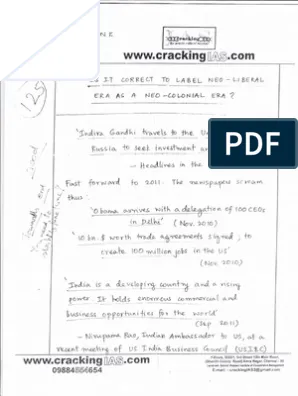- Home
- Prelims
- Mains
- Current Affairs
- Study Materials
- Test Series
Elucidate the developments in science and technology in ancient India.
Astronomy
- Arya Bhatta’s Aryabhattiya is concise text containing 121 verses. Explained Sonar and Lunar eclipse.
- Varahamihira in Panch Siddhantika gives the summary of five schools of astronomy present in his time
Mathematics
- The town planning of Harappa shows that the people possessed a good knowledge of measurement and geometry. By third century AD mathematics developed as a separate stream of study. Indian mathematics is supposed to have originated from the Sulvasutras.
- Apastamba in second century BC, introduced practical geometry involving acute angle, obtuse angle and right angle. This knowledge helped in the construction of fire altars where the kings offered sacrifices
- The three main contributions in the field of mathematics were the notation system, the decimal system and the use of zero
- Brahmagupta’s Brahmasputa Siddhanta is the very first book that mentioned ‘zero’ as a number, hence, Brahmagupta is considered as the man who found zero
- Aryabhatta discovered algebra and also formulated the area of a triangle, which led to the origin of Trignometry.
- Brahmagupta the great 7th century mathematician has given a description of negative numbers as debts and positive numbers as fortunes, which shows that ancient Bharatiyas knew the utility of mathematics for practical trade.
Medicine
- Diseases, cure and medicines were mentioned for the first time in the Atharva Veda.
- Takshila and Varanasi emerged as centres of medicine and learning.
- The two important texts in this field are Charaksamhita by Charak and Sushrutsamhita by Sushruta.
- Sushruta was a pioneer of this surgery.The surgeons in ancient India were familiar with plastic surgery (repair of noses, ears and lips).
Metallurgy
- The glazed potteries and bronze and copper artefacts found in the Indus valley excavations point towards a highly developed metallurgy.
- The vedic people were aware of fermenting grain and fruits, tanning leather and the process of dyeing.
- The iron pillar in the Qutub Minar complex is indicative of the high quality of alloying that was being done.
- Textile dyeing was popular. The Ajanta frescoes reflect on the quality of colour. These paintings have survived till date.
Geography
- Lothal, a site in Gujarat has the remains of a dockyard proving that trade flourished in those days by sea.
- In the early medieval period with the development of the concept of tirtha and tirtha yatra, a vast mass of geographical information was accumulated.
- They were finally compiled as parts of Puranas. In many cases separate sthala purana was also compiled.









 Latest News
Latest News
 General Studies
General Studies